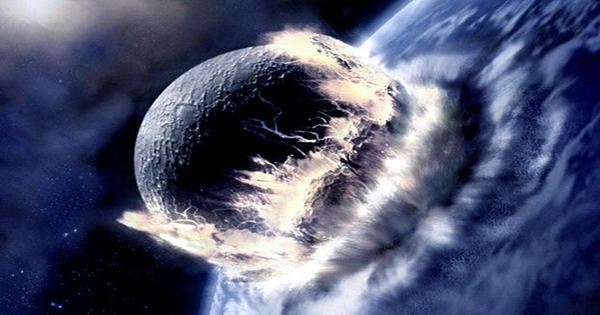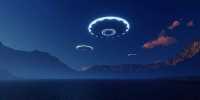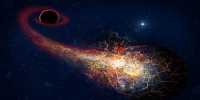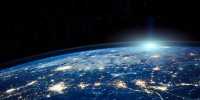Moonfall, directed by Roland Emmerich, will release in theaters around the world next week. The new catastrophe film from the filmmaker of Independence Day, The Day After Tomorrow, and 2012 will show a group of unexpected heroes faced with rescuing the planet after the Moon blasted out of its orbit by an unknown force, potentially smashing into Earth with all the horrors it entails. NASA Moon, one of the space agency’s numerous official Twitter accounts, used the medium to stress that our natural satellite is in a perfectly stable orbit and is not in danger of colliding with us.
They wrote, “Here are a few reasons why we’re thankful the Moon is steady in its orbit (no offense @MoonfallFilm).” Tagging the official Moonfall account resulted in a friendly “Twitter spat,” with back-and-forth between the movie and NASA’s other Moon-related accounts, such as NASA Earth and NASA Ocean, chiming in for support.
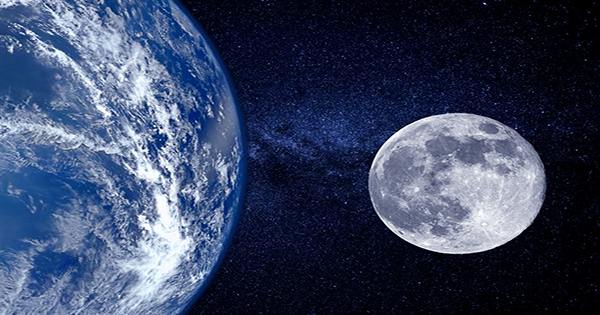
The good news is that we learned a lot of science because of it. They show how the Moon affects the length of the day on Earth as well as the tides, which are vital for so many living organisms. The tidal interactions between Earth and the Moon are moving the satellite away from our planet rather than closer. When a globe the size of Mars collided with Earth, debris sent into orbit, creating the Moon. The Moon moves away from us at a rate of 3.8 centimeters (1.5 inches) every year, but this speed has fluctuated since its formation.
However, for a moment, let us consider the film’s premise more seriously. What would it take to bring the Moon to its knees? To wit, a lot of energy, although gravity is a tricky beast, we can apply Isaac Newton’s basic approach. If you threw an apple, it would fall in a matter of seconds. However, if you were high, you could throw the apple quickly and far enough that it would miss the ground while falling. In a sense, the apple would be in orbit. The Moon is the same way. It is descending towards Earth all the time, but it is always missing us because it is travelling quickly enough to get away, at around 1 kilometer (0.6 miles) every second.
If we slow down the Moon, it will spiral inward and finally collide with Earth. We would need 3.81028 J (joules) of energy to put it to a complete stop right now. That is a tremendous figure. It the same amount of energy that the Earth receives from the Sun over the course of 7,000 years. Fortunately, we do not have enough rockets on Earth to launch to the Moon if someone comes up with the notion. As a result, you should be able to rest easy, knowing that Moonfall will only see in theaters and not above our heads.
